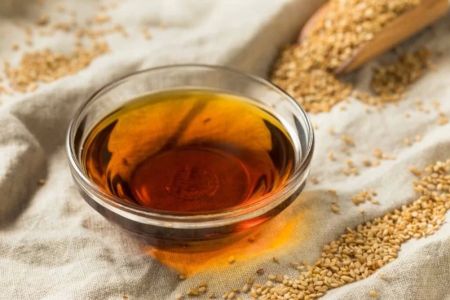What Oil Do Chinese Restaurants Use? Unveiling the Secrets Behind the Kitchen
As a lover of Chinese food, I’ve always wondered about the cooking techniques that make dishes from my favorite restaurants taste so delicious. The flavor of Chinese food is unique, and it's often the perfect balance of savory, sweet, and spicy. But what is the secret ingredient that gives many Chinese dishes that distinct taste? After many visits to local Chinese restaurants and asking around, one thing became clear: the type of oil used plays a huge role in the flavor profile of the food. So, let’s dive into what oil Chinese restaurants typically use and how it impacts the dishes we love.
1. The Most Common Oils Used in Chinese Restaurants
When it comes to Chinese cooking, oil plays a crucial role in both the flavor and the texture of the dishes. After speaking with several chefs and restaurant owners, I learned that the most common oils used in Chinese restaurants are vegetable oil, peanut oil, and sesame oil. Let’s take a closer look at each of these oils and how they contribute to the flavors of Chinese cuisine.
Vegetable Oil is perhaps the most commonly used oil in Chinese restaurants. It's affordable, neutral in flavor, and has a high smoke point, which makes it ideal for stir-frying, deep-frying, and sautéing. Vegetable oil is perfect for cooking dishes like Kung Pao Chicken, Sweet and Sour Pork, and Fried Rice. Its neutrality allows the flavors of the sauce, seasonings, and main ingredients to shine without overwhelming the dish with a heavy oil flavor.
Peanut Oil is another staple in many Chinese kitchens. It's especially popular for deep-frying because of its high smoke point and its subtle nutty flavor. If you’ve ever had crispy spring rolls or fried wontons at a Chinese restaurant, chances are they were cooked in peanut oil. The nutty undertones of this oil add an extra layer of flavor to deep-fried dishes, making them richer and more aromatic. It’s also commonly used in stir-frying, providing a slightly different taste than vegetable oil.
Sesame Oil is often used in Chinese cuisine, but in a different way. Unlike vegetable or peanut oil, sesame oil is typically not used for cooking at high temperatures. Instead, it’s added at the end of the cooking process to infuse dishes with a rich, nutty aroma. It’s commonly used in stir-fry dishes, soups, sauces, and marinades. A little goes a long way, and just a few drops of toasted sesame oil can completely transform the flavor of a dish, making it deeper and more complex.
2. Why Does the Type of Oil Matter in Chinese Cooking?
The type of oil used in Chinese cooking affects both the flavor and the texture of the dishes. The oil’s flavor can enhance or complement the seasonings, sauces, and other ingredients, while its smoke point determines the types of cooking techniques that can be used. Let’s explore how these factors come into play in a typical Chinese restaurant kitchen.
Flavor: Different oils have different flavor profiles. For example, peanut oil’s nutty flavor enhances the crispiness of fried foods, while sesame oil’s rich, toasty flavor adds depth to soups, stir-fries, and marinades. The key is to use the right oil for the right dish to ensure that the oil enhances, rather than overpowers, the flavor of the dish.
Smoke Point: The smoke point of an oil refers to the temperature at which the oil begins to break down and produce smoke. Chinese cooking often involves high-heat methods like stir-frying and deep-frying, which require oils with high smoke points. Vegetable oil and peanut oil both have high smoke points, making them ideal for these techniques. In contrast, sesame oil has a low smoke point and is best used for finishing a dish or in cold preparations like dressings.
3. The Health Benefits and Drawbacks of Oils Used in Chinese Restaurants
When it comes to health, the oils used in Chinese restaurants can have both benefits and drawbacks. In many restaurants, the focus is on flavor and cooking technique, so health considerations may not always be the top priority. However, understanding the health properties of the oils used can help you make more informed choices the next time you’re eating Chinese food.
Vegetable Oil is commonly made from soybean, corn, or canola oil. It’s often high in omega-6 fatty acids, which can be beneficial in small amounts, but when consumed in excess, these fats may contribute to inflammation. While vegetable oil is a good choice for high-heat cooking due to its neutral flavor and high smoke point, it may not be the healthiest oil option available.
Peanut Oil is a better option when compared to some other oils. It contains monounsaturated fats, which can help improve heart health by reducing bad cholesterol levels. However, peanut oil can also be high in omega-6 fatty acids, so it's important to balance its consumption with other oils that have a better omega-3 to omega-6 ratio.
Sesame Oil, particularly the toasted variety, is packed with antioxidants and has been shown to have anti-inflammatory properties. It also contains polyunsaturated fats, which are beneficial for heart health. While sesame oil is used in small amounts in most dishes, it offers a healthier option when compared to other cooking oils used in Chinese restaurants.
4. The Role of Oil in Regional Chinese Cuisines
Chinese cuisine is incredibly diverse, and different regions of China use different oils based on availability and tradition. For example, in northern China, where wheat-based dishes are more common, vegetable oil is often used in large quantities for stir-frying and deep-frying. In southern China, particularly in Cantonese cuisine, sesame oil is more commonly used for finishing dishes, while lighter oils are used for stir-frying.
In Sichuan cuisine, which is known for its bold and spicy flavors, peanut oil is often used for stir-frying and deep-frying because of its high smoke point and subtle nutty flavor that complements the strong spices and chilies in Sichuan dishes. Meanwhile, in Shanghai, a combination of vegetable oil and sesame oil is often used to balance the flavor of seafood and delicate stir-fries.
5. The Environmental Impact of Cooking Oils in Chinese Restaurants
While we often focus on flavor and health when choosing oils, it’s also important to consider the environmental impact of the oils used in restaurants. Many large-scale Chinese restaurants rely on oils that are mass-produced and can contribute to deforestation and other environmental issues. For example, palm oil, which is sometimes used in fast food chains and low-cost restaurants, has been linked to deforestation and habitat destruction.
However, many Chinese restaurants are moving toward more sustainable oil choices. For instance, some restaurants are now using non-GMO vegetable oils or oils that are sourced from sustainable farming practices. Additionally, some restaurants are exploring ways to reduce oil usage altogether, relying on healthier cooking techniques like steaming, grilling, or roasting instead of deep-frying.
6. Choosing the Best Oil for Home Cooking: What Can We Learn from Chinese Restaurants?
If you're cooking Chinese food at home and want to replicate the authentic taste of restaurant dishes, you might be wondering which oil is best to use. Based on my research and my personal experiences cooking Chinese food, here are some tips on selecting the right oil for your home kitchen:
- For stir-frying, peanut oil is a great choice due to its high smoke point and subtle flavor.
- For finishing dishes or adding a nutty aroma, sesame oil is a must-have. Just be sure to use it sparingly, as it has a strong flavor.
- Vegetable oil is a good all-purpose oil that can be used for a variety of dishes, especially for high-heat cooking.
- Consider using healthier oils like avocado oil or olive oil for certain dishes, though they may not replicate the exact flavor of traditional Chinese oils.
By experimenting with different oils, you can customize the flavors of your homemade Chinese dishes to your liking while enjoying a healthier, more sustainable cooking experience.


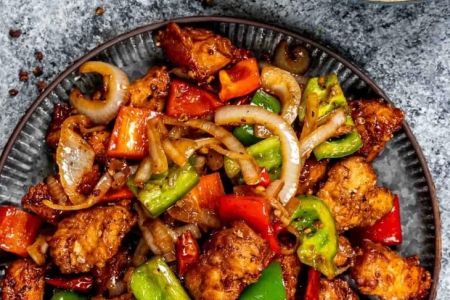
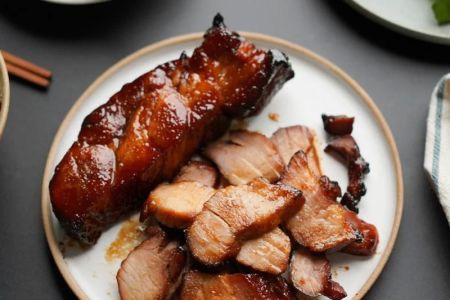
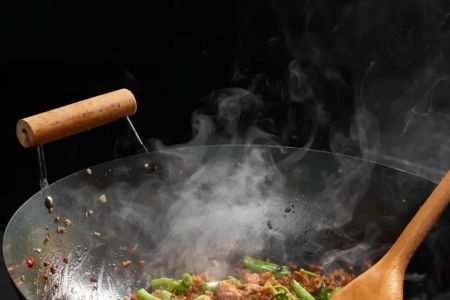
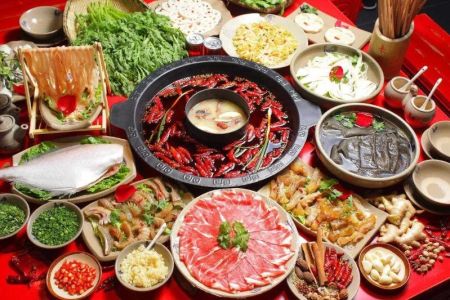
![Top Chinese Restaurants for Authentic Cantonese Cuisine in [Your City]](https://img.gochinarose.com/d33/2507/4157910400_450x300.webp)
